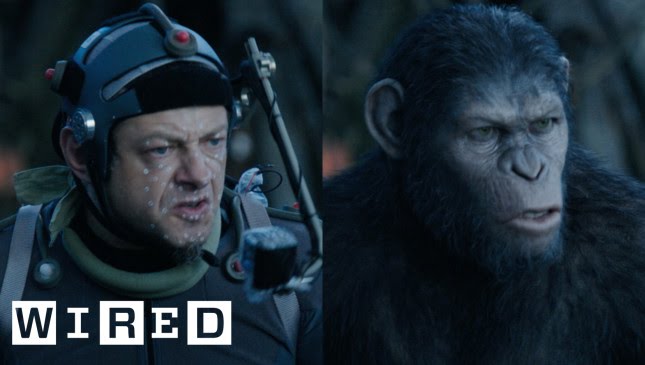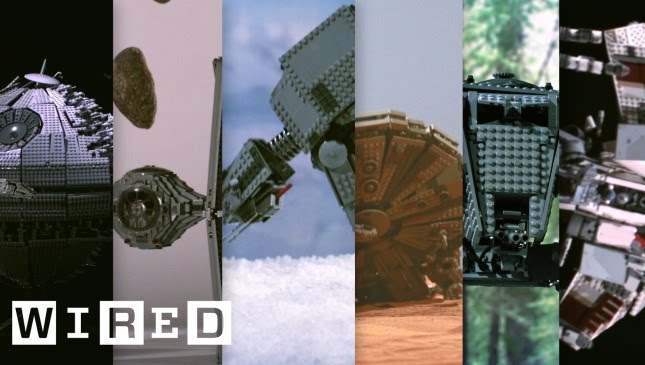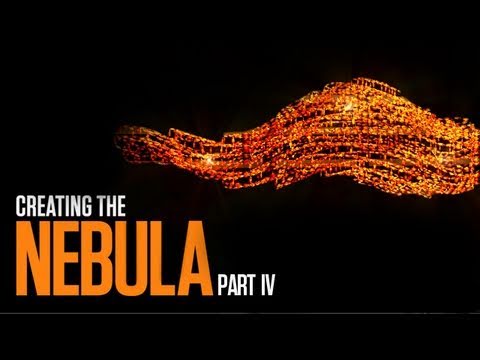Blade Runner’s Futuristic Influence on Parking Meters
Summary
In this article, we explore how the futuristic designs of Blade Runner, created by artist Sid Mead, have influenced the development of parking meters in modern cities. Mead’s retrofitted look for the film, with old buildings and new technology, inspired the creation of parking meters that are not only functional but also aesthetically pleasing. We discuss how these modern parking meters work and their potential impact on the urban landscape.
Table of Contents
- Sid Mead’s Futuristic Designs for Blade Runner
- The Retrofitted Look of Blade Runner
- Parking Meters in Blade Runner
- Modern Parking Meters Inspired by Blade Runner
- The Future of Parking in Cities
Sid Mead’s Futuristic Designs for Blade Runner
Sid Mead was a futurist and artist who designed many of the iconic elements in the Blade Runner universe. He had previously worked for Ford Motor Company, and his designs often had a 1960s feel with lots of chrome and white spaceships. However, for Blade Runner, he created a retrofitted look that combined old buildings with new technology, giving the impression that the future had been built on the past.
The Retrofitted Look of Blade Runner
One of the key elements of the retrofitted look in Blade Runner was the use of old buildings with new technology. This gave the impression that the future was built on the past and that the world of Blade Runner was a place where old and new coexisted. This aesthetic was carried through to the design of everyday objects, such as parking meters.
Parking Meters in Blade Runner
In Blade Runner, parking meters were designed to look like they were from the future, with lights, sensors, and indicators. Mead spent a lot of time making them look like parking meters but also like something from the future. While they were only seen briefly in the film, some of Mead’s paintings of the meters show the designs up close.
Modern Parking Meters Inspired by Blade Runner
Today, cities are installing parking meters that take credit cards, debit cards, and even city-issued cards. Some meters can be paid via cell phone accounts, and sensors in the road can detect when a car is parked. The pricing and timing of these meters can be adjusted by the city, making them highly functional and efficient. These modern meters are a reflection of Mead’s futuristic designs for Blade Runner.
The Future of Parking in Cities
Parking is a big deal in cities, and some experts believe that reducing parking could actually make cities more active and vibrant. In Los Angeles, a system is being developed that allows drivers to locate available parking spaces using their phones, reducing the need to drive around searching for a spot. Thanks to Blade Runner and Sid Mead’s futuristic designs, we are one step closer to a world where parking meters are not only functional but also aesthetically pleasing.
Conclusion
Blade Runner’s influence on the world of design cannot be overstated. From the film’s iconic visuals to the futuristic technology it showcased, Blade Runner has left an indelible mark on popular culture. The film’s influence can even be seen in the design of modern parking meters, which have been inspired by Sid Mead’s retrofitted look. As cities continue to evolve and adapt to new technologies, it’s exciting to think about what other futuristic designs might be on the horizon.







